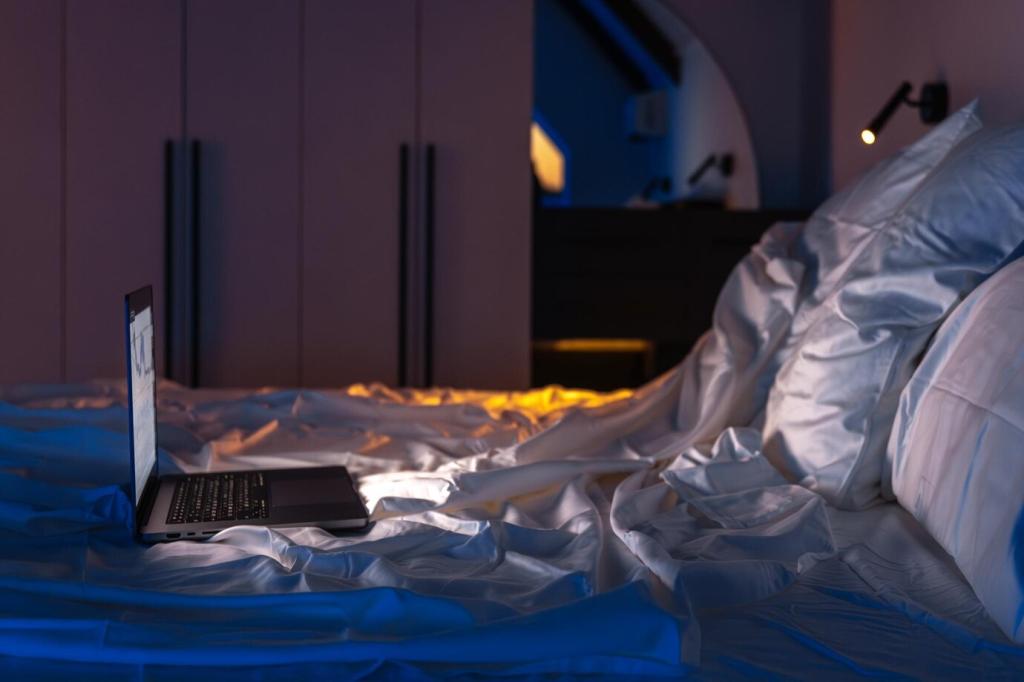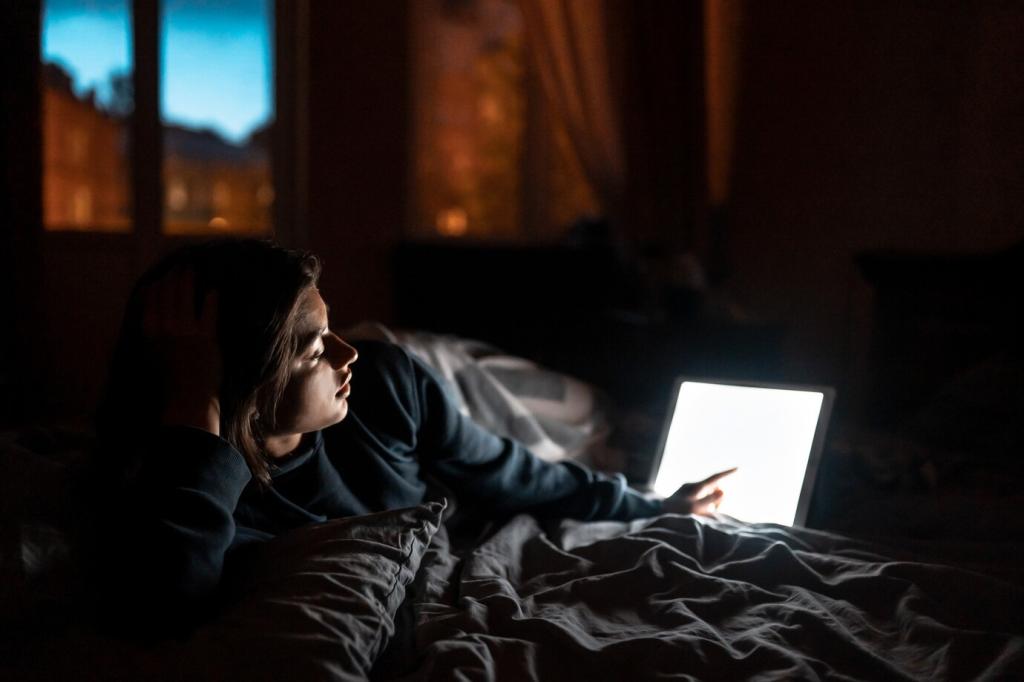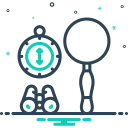
Sleep Disorders: Causes and Solutions
Chosen theme: Sleep Disorders: Causes and Solutions. Welcome to a clear, compassionate guide designed to help you understand why sleep goes wrong and how to make restful nights realistically possible.

Root Causes: Biology, Environment, and Behavior
01
Biological Factors
Genetics, hormone shifts, circadian timing, pain conditions, and mental health all influence sleep. For example, anxiety increases hyperarousal, while thyroid changes alter metabolism. If symptoms intensified after a health change, note the timeline and discuss it with your clinician.
02
Environmental Culprits
Light leaks, heat, street noise, caffeine access, and unpredictable schedules compound sleep difficulties. Even subtle blue light from devices can delay melatonin. Share your top bedroom irritants in the comments; community fixes often uncover simple wins.
03
Behavioral Feedback Loops
Napping after a rough night, staying in bed when awake, or scrolling late can reinforce insomnia. These loops feel helpful short-term but backfire. Identify one habit to replace this week, and report your progress to encourage others.
CBT-I Explained Simply
Cognitive Behavioral Therapy for Insomnia combines sleep scheduling, stimulus control, relaxation, and thought reframing. It reduces time awake in bed, retrains your brain to associate bed with sleep, and addresses worry loops. Curious to try? Comment “CBT-I” to receive a starter checklist.
Treating Sleep Apnea
CPAP stabilizes breathing and often eliminates morning fog. Alternatives include oral appliances, positional therapy, weight management, and, in select cases, surgery. If snoring plus daytime sleepiness persists, ask about a sleep study. Share your CPAP success tips to help newcomers adapt.
When Medication Helps (and When It Hurts)
Short-term pharmacological support can bridge acute crises, but tolerance and side effects are real risks. Always pair medications with behavioral strategies. Bring a complete medication list to appointments, and ask whether any current drugs may disrupt sleep architecture.




Shift Work Survival
Use bright light during work and blackout curtains afterward. Anchor at least one daily routine—meals or exercise—to stabilize time cues. Rotate shifts forward when possible. Tell us your hardest rotation; we will crowdsource pragmatic tweaks together.

Jet Lag, Managed
Adjust bedtime in small steps before travel, hydrate, and time light exposure for the destination. Short strategic naps can help, but avoid long daytime sleep. Share your best jet lag hack so fellow readers land more refreshed.
Tracking Progress and Finding Support

Record bedtime, wake time, awakenings, caffeine, and exercise. Wearables help but can misinterpret stages; treat them as trends, not verdicts. Post one surprising insight from your tracking to spark discussion and motivate consistent, compassionate experimentation.
